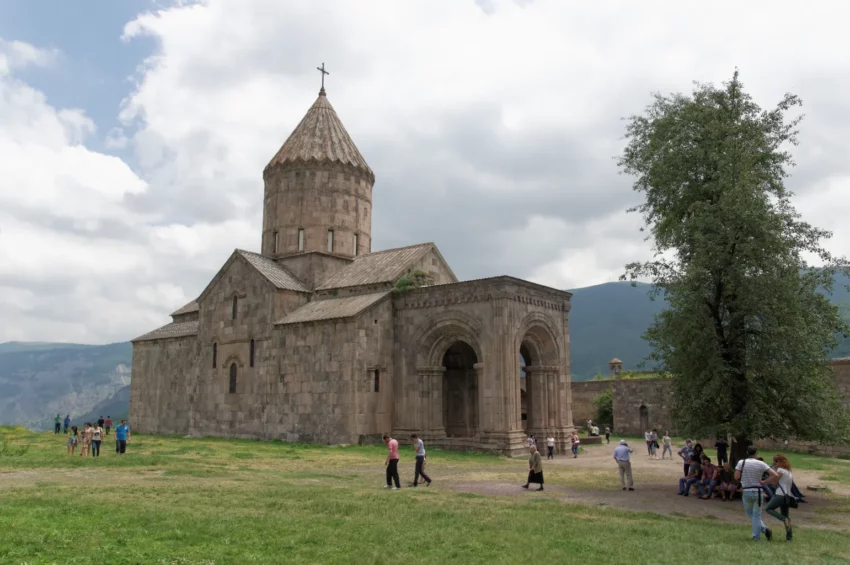The Historic Tatev Monastery: A Journey Through Time
Located on a basalt plateau near the village of Tatev in southeastern Armenia, Tatev Monastery stands as a testament to Armenia’s enduring Christian heritage. This 9th-century Armenian Apostolic monastery perches dramatically on the edge of a deep gorge carved by the Vorotan River. Tatev has long been the spiritual and cultural heart of the Syunik Province.
Get your dose of History via Email
Tatev’s Role in Medieval Armenian Education
During the 14th and 15th centuries, Tatev Monastery flourished as a center of learning. The University of Tatev, housed within the monastery, was pivotal in advancing science, religion, and philosophy. It also played a crucial role in preserving Armenian culture during turbulent times. Scholars there produced manuscripts and developed miniature paintings, contributing significantly to Armenian heritage.
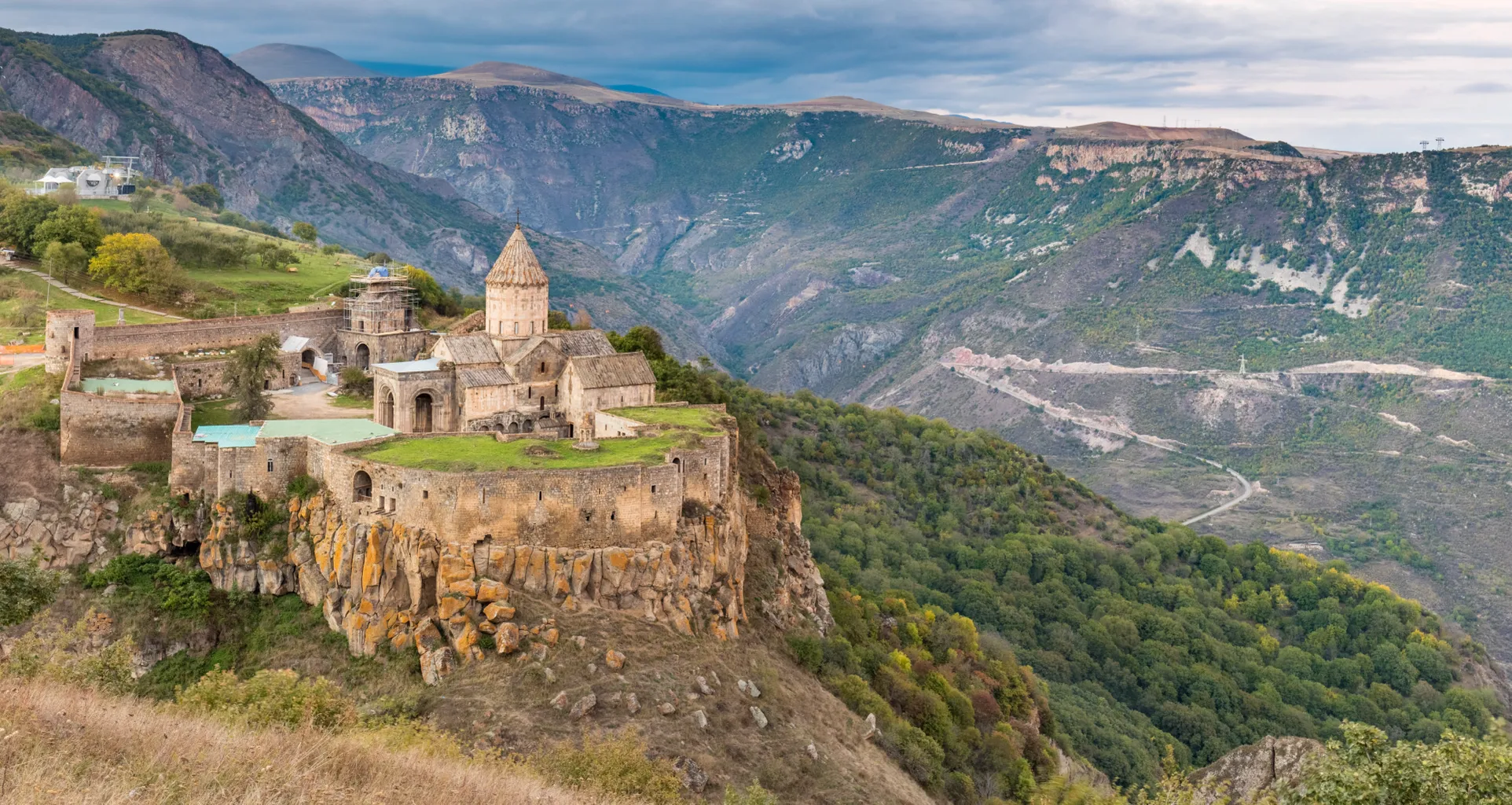
The Tatev Revival Program
Modern efforts to restore Tatev Monastery and its educational legacy include the Tatev Revival Program. This initiative aims to breathe new life into the monastery, and one of its key projects is the Wings of Tatev aerial tramway. This cable car, the world’s longest non-stop double-track cable car, stretches from Tatev to the village of Halidzor. Since its opening in 2010, it has drawn numerous visitors, boosting local tourism and economy.
Legends and Etymology
The name “Tatev” has deep roots in tradition. One legend tells of Eustateus, a disciple of St. Thaddeus the Apostle, who preached and was martyred in this region. Over time, his name evolved into Tatev. Another folk tale speaks of a builder who, while completing the dome of the main church, fell into the abyss but called out “Ta Tev” (give me wings) and miraculously landed unharmed.
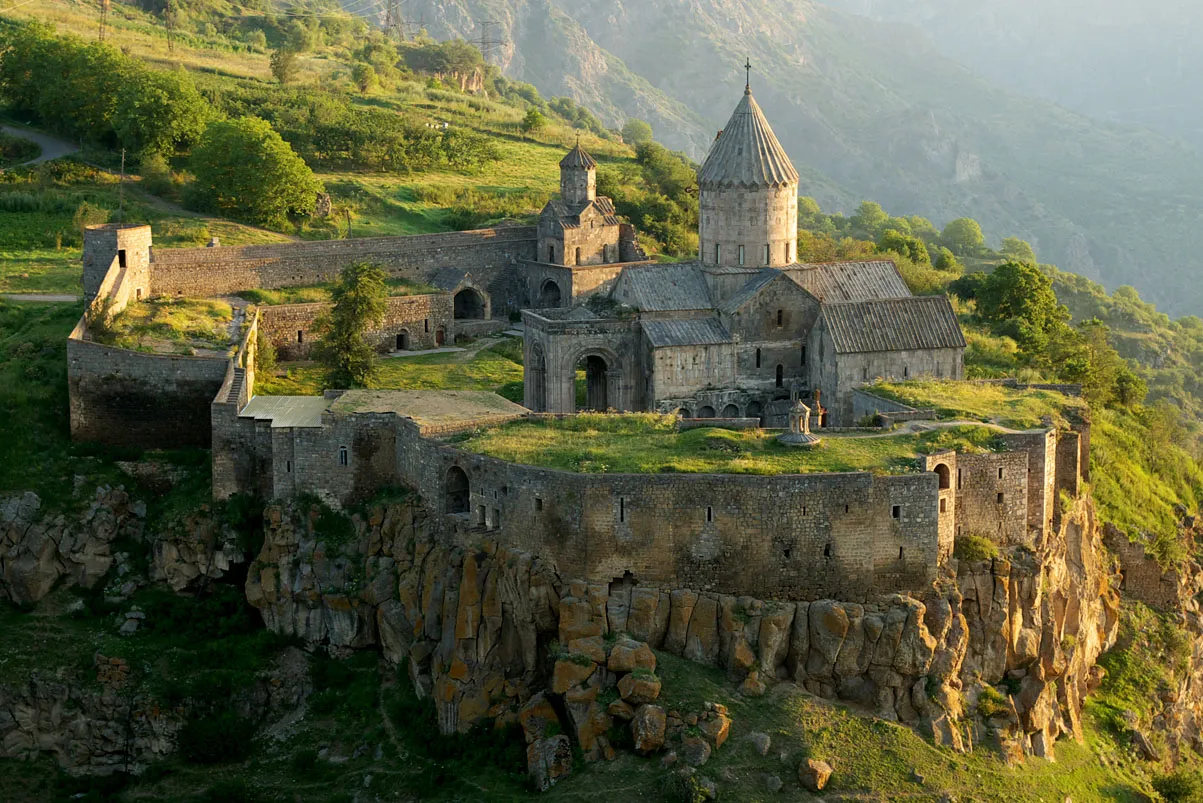
Architectural Marvels and Historical Significance
Tatev Monastery comprises three main churches: Saints Paul and Peter Church, Saint Gregory the Illuminator’s Church, and the Holy Mother of God Church. The monastery also features a library, refectory, bell tower, and mausoleum. The Church of Saints Paul and Peter, built between 895 and 906, is the oldest structure in the complex and showcases intricate frescoes and architectural details.
The Resilient Gavazan
One of Tatev’s most fascinating features is the Gavazan, an 8-meter-tall pendulous column. Built in the 10th century, this column has an ingenious design that allows it to sway during earthquakes without collapsing. It stands as a symbol of resilience and architectural ingenuity, captivating visitors with its unique ability to balance and stabilize.
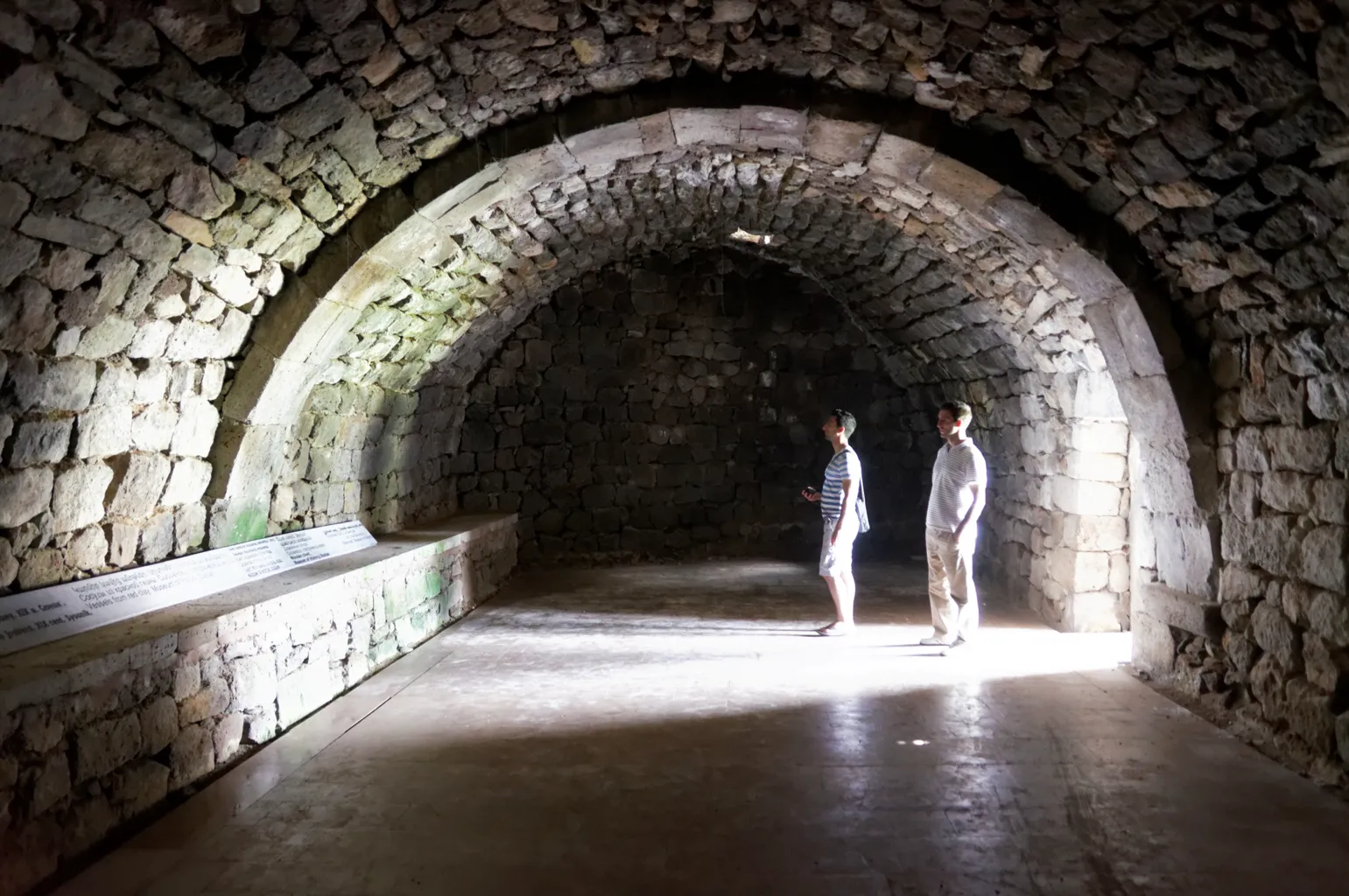
Revival and Restoration Efforts
Since 2010, significant restoration efforts have been underway at Tatev Monastery. The North Entrance has been restored, and the historical water spring near this entrance has been reconstructed. The Church of the Holy Mother of God was restored to its original appearance, reflecting the meticulous efforts to preserve the monastery’s historical and architectural integrity.
Tatev’s Enduring Legacy
Tatev Monastery is not just a historical site; it is a living symbol of Armenia’s rich cultural and spiritual heritage. The ongoing restoration and revival efforts ensure that Tatev continues to inspire and educate future generations. As visitors traverse the Wings of Tatev and explore the monastery’s ancient halls, they connect with a legacy that spans centuries, bearing witness to Armenia’s indomitable spirit.
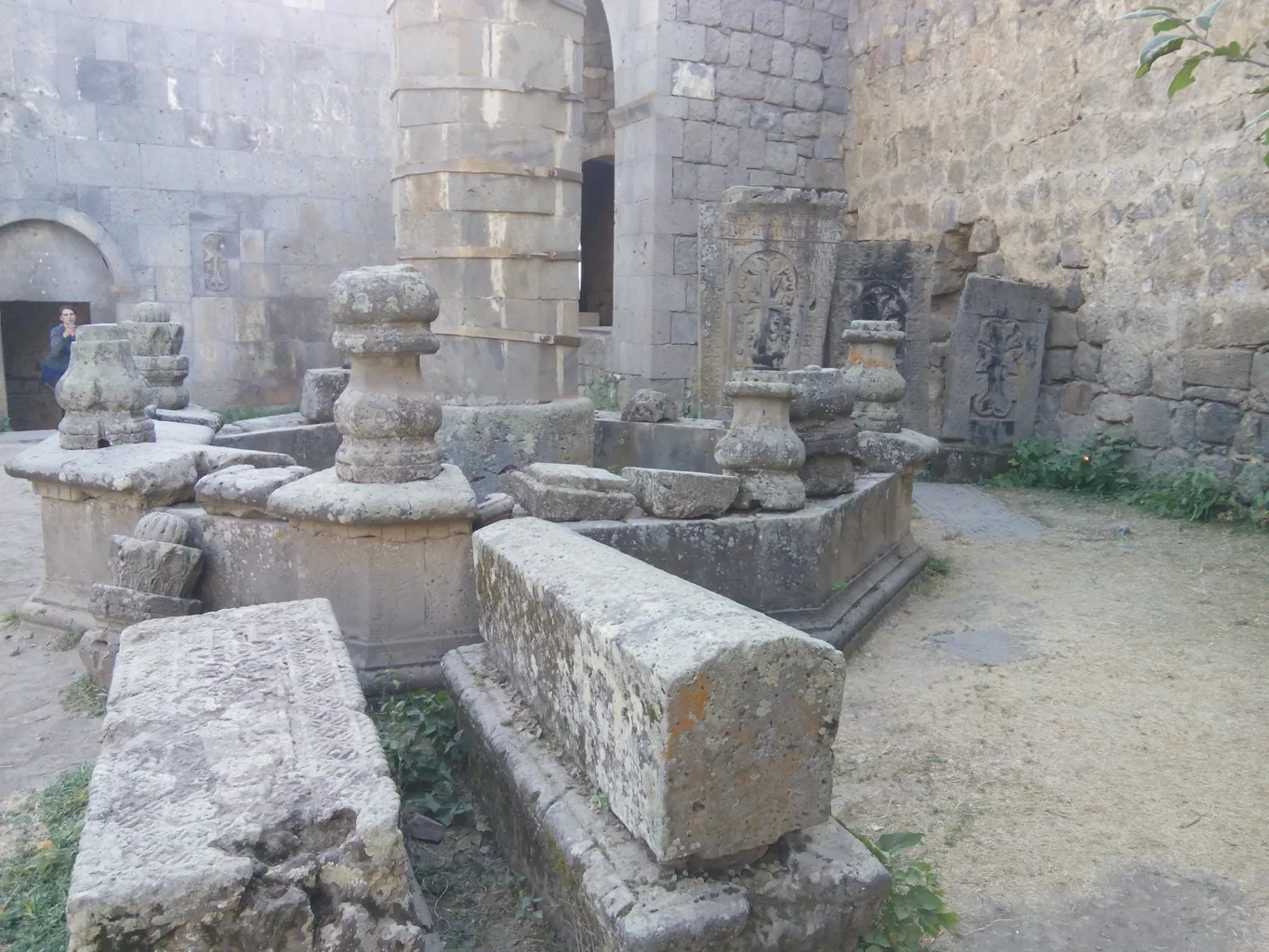
Conclusion
Tatev Monastery, with its dramatic landscapes, historical significance, and architectural marvels, remains one of Armenia’s most treasured landmarks. The ongoing revival and restoration efforts promise to keep its legacy alive, inviting visitors to experience a rich tapestry of history, culture, and spirituality.
Sources:

